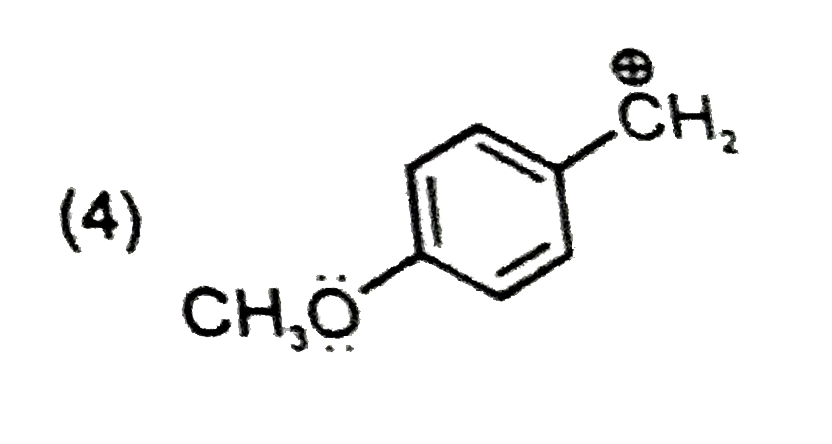Select the most stable carbocation:
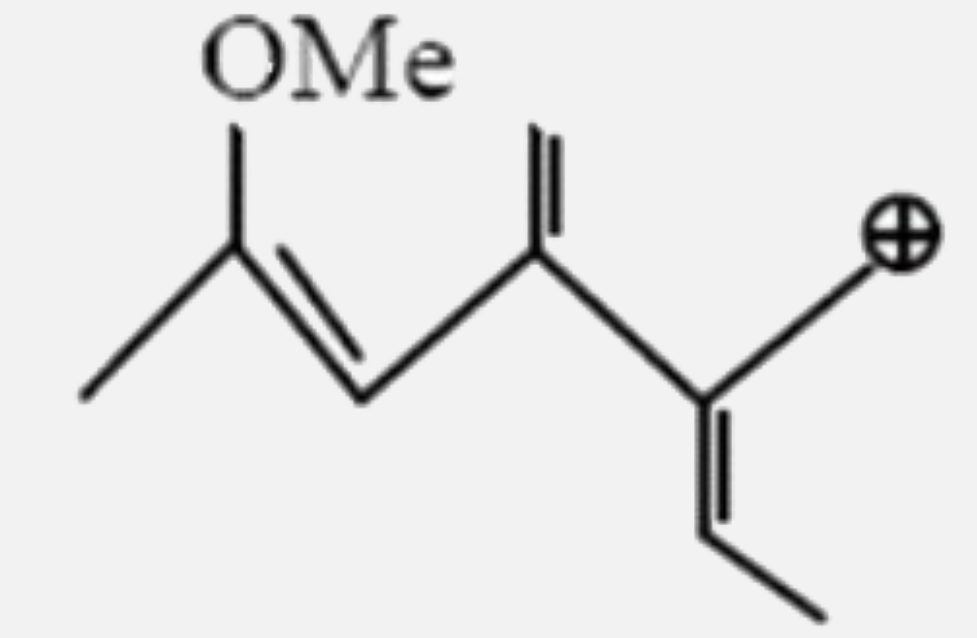
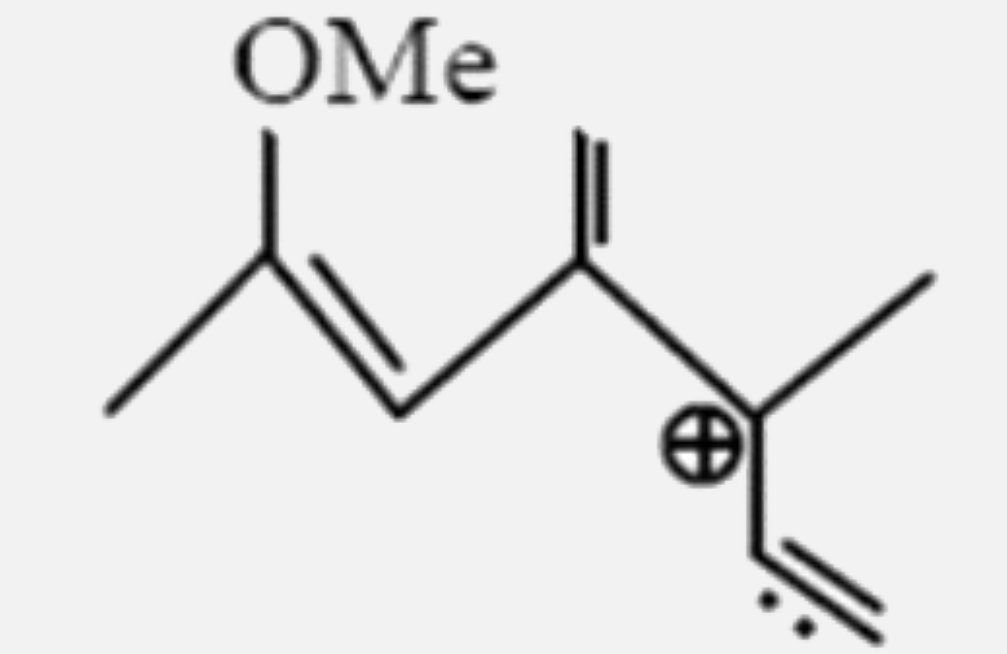
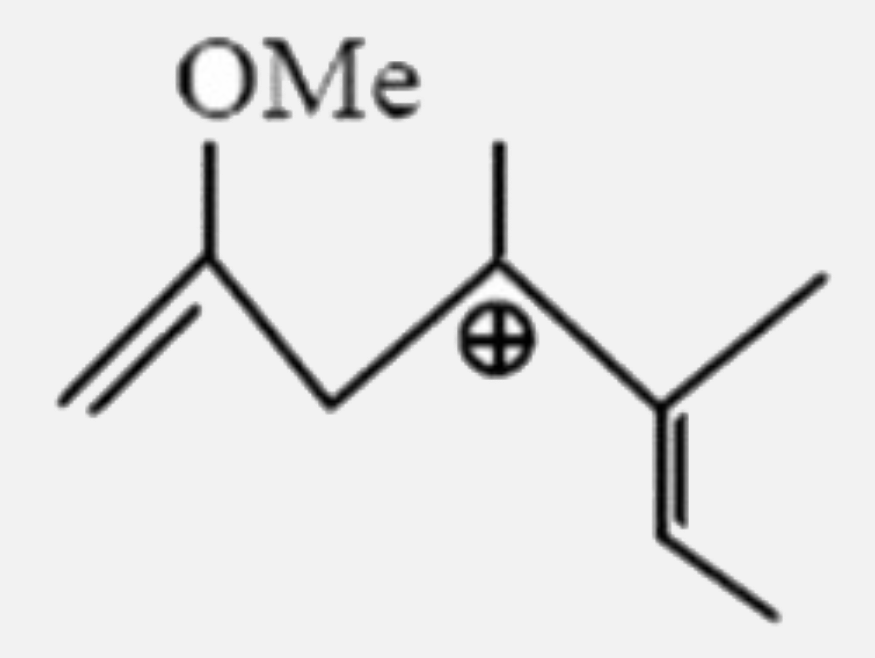
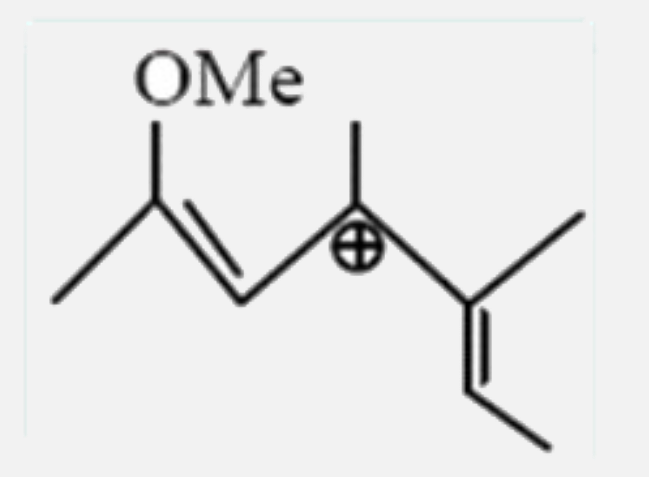
The correct Answer is:D
To determine the most stable carbocation, we need to analyze the resonance structures of each carbocation presented in the question. Here's a step-by-step breakdown of how to approach this problem:
Step 1: Identify the Carbocations
We need to identify the structures of the carbocations given in the question. Let's label them as A, B, C, and D.
Step 2: Analyze Resonance Structures
For each carbocation, we will analyze how many resonance structures can be formed:
- Carbocation A:
- Draw the structure and identify the positive charge.
- Check if the positive charge can be delocalized through resonance.
- Count the number of resonance structures formed.
- Carbocation B:
- Draw the structure and identify the positive charge.
- Check for resonance possibilities.
- Count the number of resonance structures formed.
- Carbocation C:
- Draw the structure and identify the positive charge.
- Check for resonance possibilities.
- Count the number of resonance structures formed.
- Carbocation D:
- Draw the structure and identify the positive charge.
- Check for resonance possibilities.
- Count the number of resonance structures formed.
Step 3: Compare Stability
- The stability of a carbocation increases with the number of resonance structures. More resonance structures indicate that the positive charge can be delocalized more effectively.
- Compare the number of resonance structures from A, B, C, and D.
Step 4: Conclusion
- Based on the analysis, determine which carbocation has the highest number of resonance structures. This carbocation will be the most stable.
Final Answer
After analyzing the resonance structures, we find that Carbocation D has the most resonance structures, making it the most stable carbocation.
We need to identify the structures of the carbocations given in the question. Let's label them as A, B, C, and D.
For each carbocation, we will analyze how many resonance structures can be formed:
- Draw the structure and identify the positive charge.
- Check if the positive charge can be delocalized through resonance.
- Count the number of resonance structures formed.
- Draw the structure and identify the positive charge.
- Check for resonance possibilities.
- Count the number of resonance structures formed.
- Draw the structure and identify the positive charge.
- Check for resonance possibilities.
- Count the number of resonance structures formed.
- Draw the structure and identify the positive charge.
- Check for resonance possibilities.
- Count the number of resonance structures formed.
- The stability of a carbocation increases with the number of resonance structures. More resonance structures indicate that the positive charge can be delocalized more effectively.
- Compare the number of resonance structures from A, B, C, and D.
- Based on the analysis, determine which carbocation has the highest number of resonance structures. This carbocation will be the most stable.
After analyzing the resonance structures, we find that Carbocation D has the most resonance structures, making it the most stable carbocation.
Topper's Solved these Questions
Similar Questions
Knowledge Check
The most stable carbocation is:
A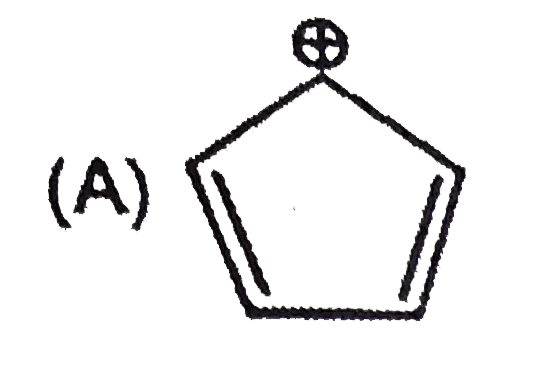 B
B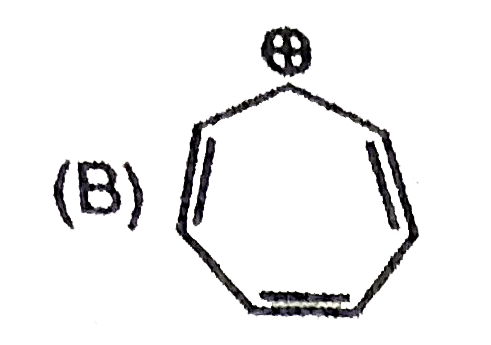 C
C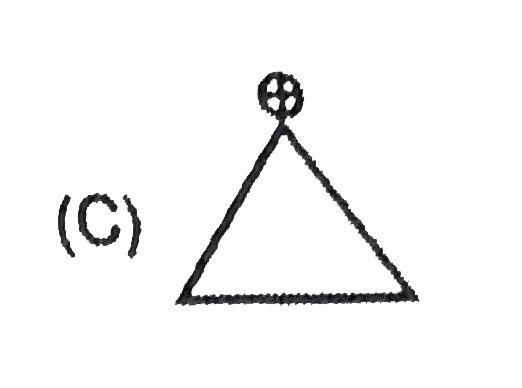 D
D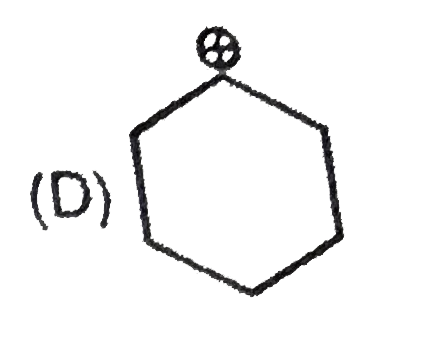
The most stable carbocation is:
A B
B C
C D
D
The most stable carbocation is:
A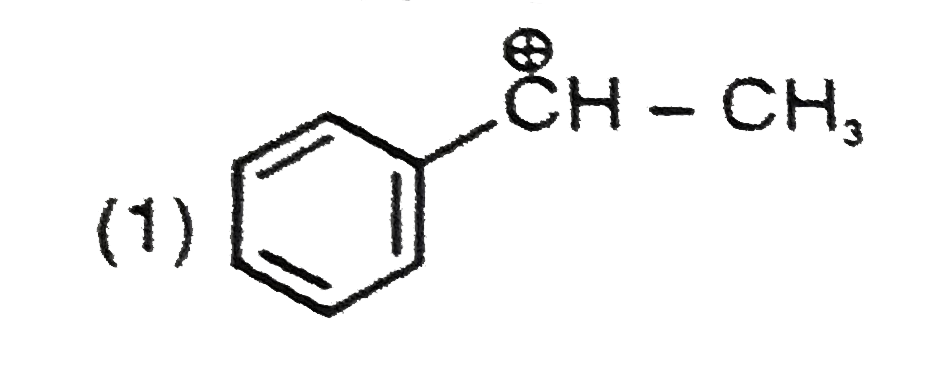 B
B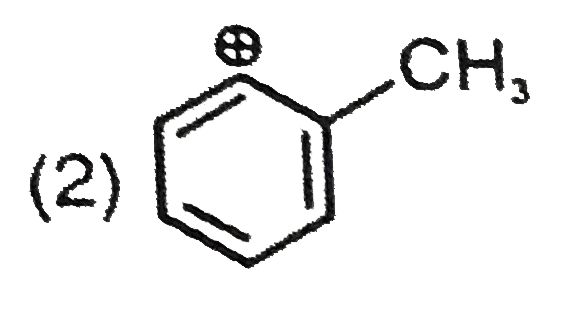 C
C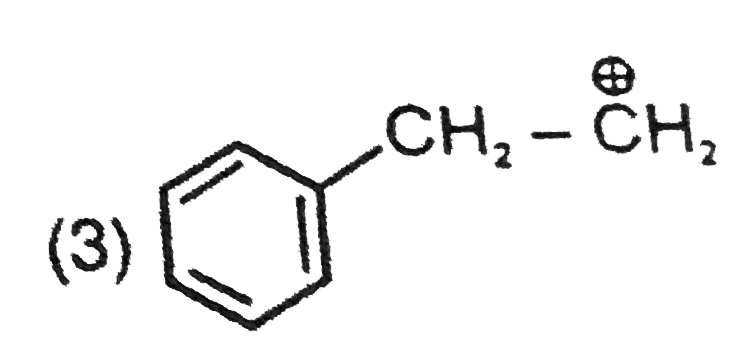 D
D